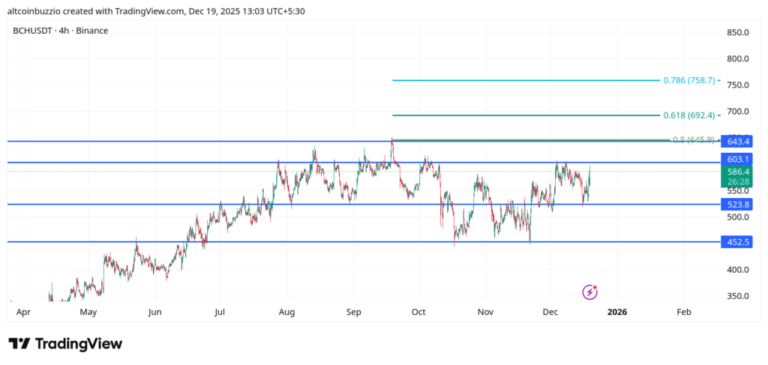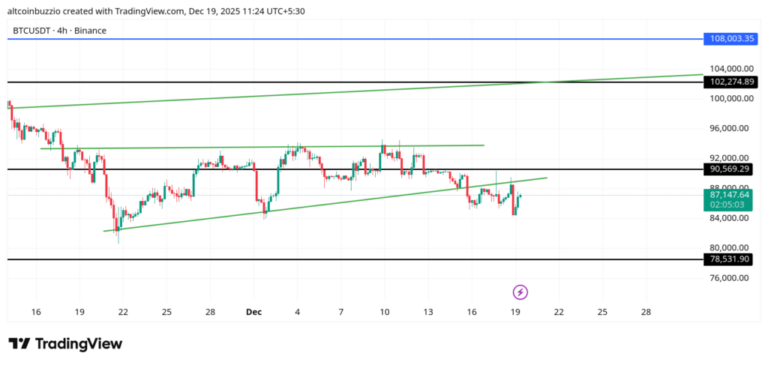
According to Bloomberg, the Basel Committee on Banking Supervision, a key international body that sets global banking standards, is reviewing the crypto rules it introduced in 2022. Those standards required banks to keep large amounts of capital for every dollar of crypto they held.
As a result, most banks stayed away from digital assets altogether. But now, as stablecoins grow rapidly and become more important in global payments, regulators are rethinking their approach.
A Changing Landscape for Stablecoins
Stablecoins are digital tokens designed to hold a steady value, often tied to the U.S. dollar or another fiat currency. They have become the backbone of crypto trading and are increasingly used in global commerce. According to data from CoinMetrics, stablecoin transactions reached over $9 trillion in 2024, surpassing PayPal’s total annual volume. This explosive growth is one reason regulators are paying closer attention.
🔥 BIG: Stablecoins processed $46T in transactions over the past year, nearly 3x Visa’s volume and closing in on the ACH network that powers US banking. pic.twitter.com/BwLdjzkTGv
— Cointelegraph (@Cointelegraph) October 23, 2025
The original Basel framework treated most crypto assets as high-risk, placing them in the same category as speculative investments. This made it costly for banks to get involved. But as stablecoins like USDC and USDT become more transparent and better regulated, financial institutions are arguing that not all digital assets carry the same risk. The United States, in particular, has pushed for a more balanced approach that allows banks to handle stablecoins safely without facing excessive capital burdens.
Global regulators are reviewing banking rules on crypto holdings, especially stablecoins, due to take effect next year. The original Basel standards from 2022 imposed heavy capital requirements, causing many banks to avoid crypto. The review aims to update these rules in response…
— Wu Blockchain (@WuBlockchain) October 31, 2025
A real-world example highlights the issue. JPMorgan Chase recently launched its own blockchain-based payment system called JPM Coin, which uses tokenized deposits to move money instantly between clients. While not a public stablecoin, it shows how traditional finance and blockchain are blending. Updating the Basel standards could open the door for more banks to follow suit and safely use digital assets in their operations.
The goal of the review is not to loosen the rules but to make them more practical and relevant to today’s market. Regulators want to support innovation while keeping financial stability intact. A growing number of central banks are also exploring central bank digital currencies (CBDCs), which could further blur the line between traditional and digital money.
More About Stablecoin Regulation
Australia has officially classified stablecoins and wrapped tokens as financial products, bringing them under the country’s regulatory framework. This means that any company offering these digital assets must now obtain a license from the Australian Securities and Investments Commission.
🚨BREAKING: 🇦🇺Australia now classifies stablecoins and wrapped tokens as financial products, requiring providers to obtain a license. pic.twitter.com/PNz2nomyxp
— Coin Bureau (@coinbureau) October 29, 2025
The move aims to protect investors, ensure transparency, and bring more accountability to the growing crypto market, signaling that regulators are serious about integrating digital assets into the mainstream financial system.
Disclaimer
The information provided by Altcoin Buzz is not financial advice. It is intended solely for educational, entertainment, and informational purposes. Any opinions or strategies shared are those of the writer/reviewers, and their risk tolerance may differ from yours. We are not liable for any losses you may incur from investments related to the information given. Bitcoin and other cryptocurrencies are high-risk assets; therefore, conduct thorough due diligence. Copyright Altcoin Buzz Pte Ltd.
The post Regulators Reassess Banking Rules Amid Stablecoin Surge appeared first on Altcoin Buzz.



